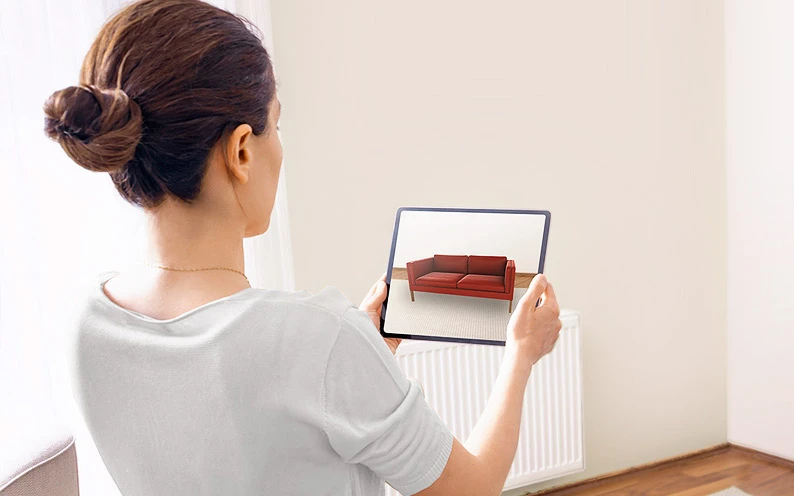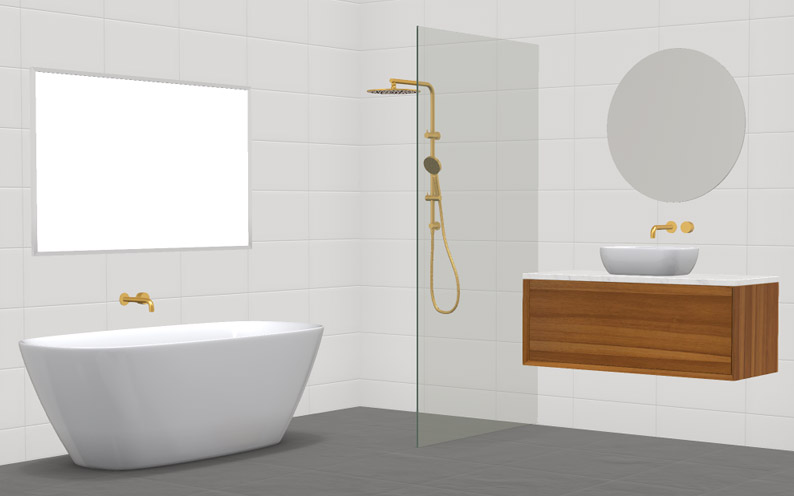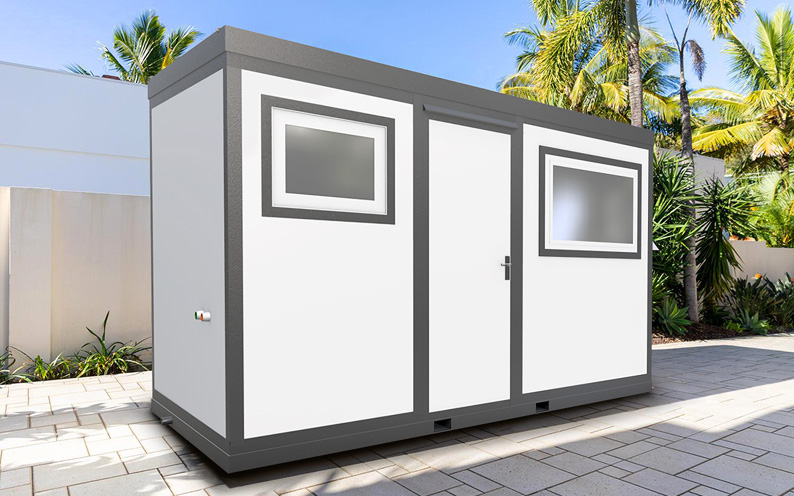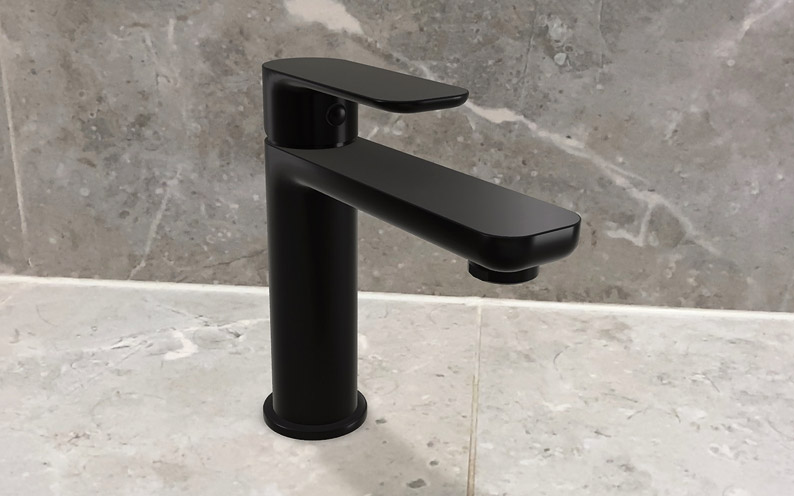- Draffin Street Furniture – Streamlining Sales With a 3D Configurator For Bin Enclosures - September 17, 2024
- 10 Ways Augmented Reality Has Changed Retail & Ecommerce - July 16, 2024
- What is a Product Configurator? - May 8, 2024

Augmented Reality (AR) has significantly transformed the retail and e-commerce landscape, offering innovative solutions that enhance product experiences and drive sales. By superimposing digital products into a customer’s real environment, AR provides immersive and interactive shopping experiences that are reshaping online retail.
AR provides a unique retail focused experience, that allows customers to easily try products in their home. Unlike Virtual reality (VR), AR does not require expensive hardware and can be accessed on common mobile phones and tablets.
Here’s how AR tools are changing the retail shopping and ecommerce industry.
1. Enhanced Product Visualisation
Augmented Reality allows online shoppers to visualise products in their environment before making a purchase. This is particularly beneficial for industries like furniture and appliances, but can be extended to large physical products such as outdoor BBQ and kitchens, modular homes and vehicles.
Successful furniture brands such as IKEA, Amazon and Wayfair use AR technology to let customers visualise furniture in their home and see how it will enhance their room. They can explore different materials and product options with the tap of a button. Related solutions such as 3D Room Planners also allow them to place multiple furniture items in a digital room and walkthrough it in Augmented Reality.
Integrating AR into an ecommerce store can can lead to greater customer engagement, improved product marketing and purchase confidence.
2. Wearables & Virtual Try-Ons
Augmented Reality technology can be used to help customers get a real time glimpse of clothes, accessories and makeup without leaving their home. Popular accessories include sunglasses, shoes and hats which can be realistically visualised via AR mobile apps.
Virtual try on solutions can reduce uncertainty and provide a much more immersive online shopping experience. Brands such as Sephora leverage AR as a practical tool for customers to try makeup, helping them find the perfect shade without physically applying it.
Virtual try-ons can also promote products such as shoes via Augmented Reality and give brands greater competitive advantage.
3. Interactive Shopping Experiences
Augmented Reality can create an engaging alternative to traditional retail both online and in-store. AR activations can keep customers more engaged, promote new product ranges and encourage interactivity with a brand.
As an example in the retail industry, customers can use an online Bathroom Planner to build a new bathroom digitally and add their own selection of taps, baths, basins and vanity units. Once created, they can explore it in AR to see if it meets their requirements.
Other Augmented Reality applications include the ability to try a coffee machine, refrigerator or TV in their space. Using an AR app to try a TV can help customers quickly understand which size suits their entertainment unit based on the available space.
AR animation can also add to the immersive experience, allowing customers to open refrigerator doors to show the storage space and highlighting additional features via annotations. Augmented Reality shopping can provide important benefits over physical stores due to the increase in online shopping.
4. Reduced Return Rates
Compared to traditional website photos, Augmented Reality allows customers to explore products from any angle and see realistic sizing in their home. This can be combined with a 3D Product Viewer to provide a 360 degree browsing experience, that increases customer satisfaction. Better product visualisation helps customers make more informed purchasing decisions and leads to fewer product returns.
AR technology helps customers verify the dimensions and aesthetics of products, reducing the chances of returns due to mismatched expectations. An example would be the ability for potential buyers to try a table and chair setting in their home. Customers would be able to select different styles and sizes, leveraging Augmented Reality to see which option aligns with their room decor and fits in their space.
Reduced return rates can save retailers a significant amount due to processing and restocking fees.
5. Increased Customer Engagement
Augmented Reality makes the customer experience more enjoyable, allowing customers to spend more time interacting with products. When combined with a 3D Product Viewer, customers can start their online shopping experience with 3D products on desktop and scan a QR code to jump to the AR experience on their mobile. This provides a natural evolution for ecommerce, giving customers greater purchase confidence.
When visiting a physical showroom, customers would naturally expect to see a product from different angles and understand physical sizing. AR replicates this experience online, letting them rotate products, walk closer to see more detail and position items in their space. This helps engage customers and makes the sales process closer to a physical store.
6. Personalisation & Customisation
Augmented Reality is often connected with a 3D Product Configurator to enable customers to personalise a product and try it in their home. 3D Configurators can provide a high quality 3D visualisation of a product with the ability to customise it with a comprehensive range of options. Configurators can be used for any type of product and are particularly well suited to complex products such as furniture and appliances.
Augmented Reality can also be connected with 3D Room Planner to allow multiple products, such as furniture or bathware, to be customised and arranged in a 3D room. Once the floorplan is completed, the room can be viewed in Augmented Reality to provide the ultimate online shopping experience. Personalised products are also known to increase the average sales price for customers.
7. Innovative Marketing Campaigns
AR is a powerful tool that can be used for creating captivating product marketing campaigns to highlight new products and features. Since the ability to view AR is available on most popular iOS and Android mobile devices, it is highly accessible and can instantly capture attention. Customers will often be interested to try a new product in their home and retailers only need to onboard the product into an AR format to make this happen. With the quality and realism of AR products already at a high standard, customers can also snap a photo of a product and share it online for additional exposure.
Brands can use AR to launch interactive advertisements, virtual catalogs, location based solutions, animations and games to showcase their products in a unique and immersive way. AR marketing campaigns can achieve a much higher engagement rate compared to traditional marketing methods.
8. In-Store Engagement
Brick-and-mortar stores can use AR to enhance in-store engagement and provide a hands-on experience without needing physical samples. This is paricularly effective for modular products such as sofas which may have many combinations, modules and layouts. With physical floor space costing a premium, a salesperson can help customers select from 100’s of sofa options via an iPad and only require one physical example on the floor. This can apply to any large product with multiple options.
To view products in Augmented Reality, retailers can even setup a dedicated empty space that allows customers to place an AR product in a room. Dedicated devices such as large screen displays and iPad kiosks can make the AR visualisation process more polished.
9. Data Collection & Customer Insights
AR experiences and 3D Configurators can track customer interactions, providing valuable information about popular products and shopping patterns. Retailers can gain practical insights into customer behaviour, which materials and options are commonly requested and use this data to inform stock levels. Insights can also be captured for Add to Cart conversions, product enquiries and when customers save their design.
AR and 3D Product Configurators represent a unique additional channel for customer statistics.
10. 3D Product Configurators Combined with AR
Combining 3D Product Configurators or Modular Configurators with AR, allows customers to customise products in detail and visualise them in their actual environment. For example, customers can use a modular configurator to build their ideal outdoor kitchen, selecting components like BBQ grills, countertop styles and accessories. They can drag & drop modules to build their outdoor kitchen layout and jump to the AR experience to try the outdoor kitchen in their backyard.
The combination of 3D Configurators and AR can boost conversion rates and help customers better tailor products for their requirements.
Conclusion
Augmented Reality is revolutionising retail and e-commerce by providing immersive, interactive, and personalised shopping experiences. From enhanced product visualisation to innovative marketing campaigns, AR helps customers make informed decisions and enjoy a more engaging shopping journey. As AR technology and mobile devices continue to advance, its impact on the way we purchase products will continue to evolve, offering more innovative, realistic and immersive shopping experiences.




